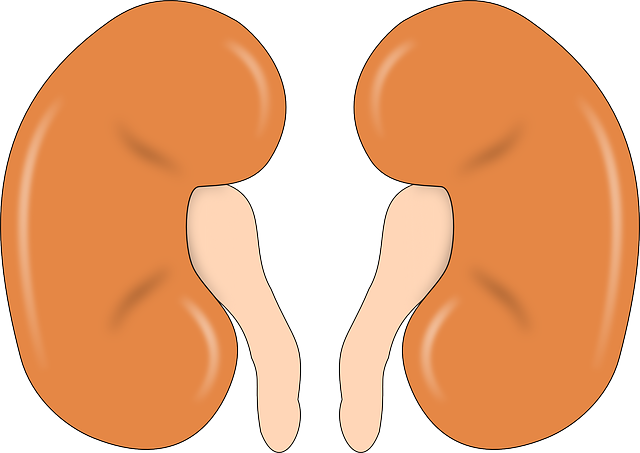What is fullness and hydronephrosis of the kidney?
What are the signs and symptoms and ways to treat it?

Kidneys are one of the most vital parts of the human body and other living beings.
When damage occurs to these two bean-shaped organs, it almost disrupts a person`s it almost disrupts a person`s life here, we will tell you a little about fullness disease or hydronephrosis so that you can get to know the complications and symptoms of this disease.
Fullness and hydronephrosis of the kidney occur when the urinary tract is blocked, this blockage makes it difficult for urine to pass from the and the kidneys become swollen.
Often one kidney suffers from hydronephrosis but it has been seen that both kidneys suffer from hydronephrosis.
What are the signs and symptoms of fullness and hydronephrosis?
When you have one of the following cases, be sure to see a urology or nephrologist so that the doctor can prevent the progression of this disease by requesting sonography and blood and urine tests.
1-the pain starts in the back and sides this pain extends to the lower abdomen and stomach.
2- pain and burning during urination with frequent urination.
3- mild fever or fever a boar 38 degrees.
4- nausea and vomiting.
5- anorexia.
What is the cause of hydronephrosis in the kidneys?
Hydronephrosis alone is not considered a disease but factors in the kidneys and urinary tract cause swelling in the kidneys.
In this situation
, the tube connecting the kidney to the urinary tract, which is called the ureter, becomes blocked.
This blockage is caused by various factors, including stones and blood clots in the kidney
When the obstruction occurs in the ureter, urine returns to the kidneys, and this return of urine to the kidneys causes swelling in the kidneys.
When urine returns from the ureter to the kidneys, it is called vesicoureteral reflux.
Prostate enlargement, pregnancy, and urethral tumors cause vesicoureteral reflux.
Hydronephrosis is divided into several categories
Hydronephrosis is divided based on ultrasound findings
In grade zero, there is dilatation in the calyces and the kidneys are in normal condition.
In grade one, enlargement occurs only in the renal pelvis, but no damage is evident in the kidneys.
In grade two, dilatation occurs in the renal pelvis and calyces, but minor damage to the kidneys is evident.
In grades three and four, severe dilatation is evident in the pelvis of all calyces the thickness of the kidney is reduced and damage to the kidneys can be seen.
Treatment of fullness and hydronephrosis of the kidneys:
The type of treatment is determined by the doctor. The doctor starts the treatment after receiving the results if the blood test and sonography.
The doctor diagnoses the type of obstruction. If the kidney stone in the ureter blocks the urinary tract, the doctor removes it with medication and safe methods.
But if the urinary obstruction is caused by other factors, this obstruction must be removed by surgery.
Leave a Reply